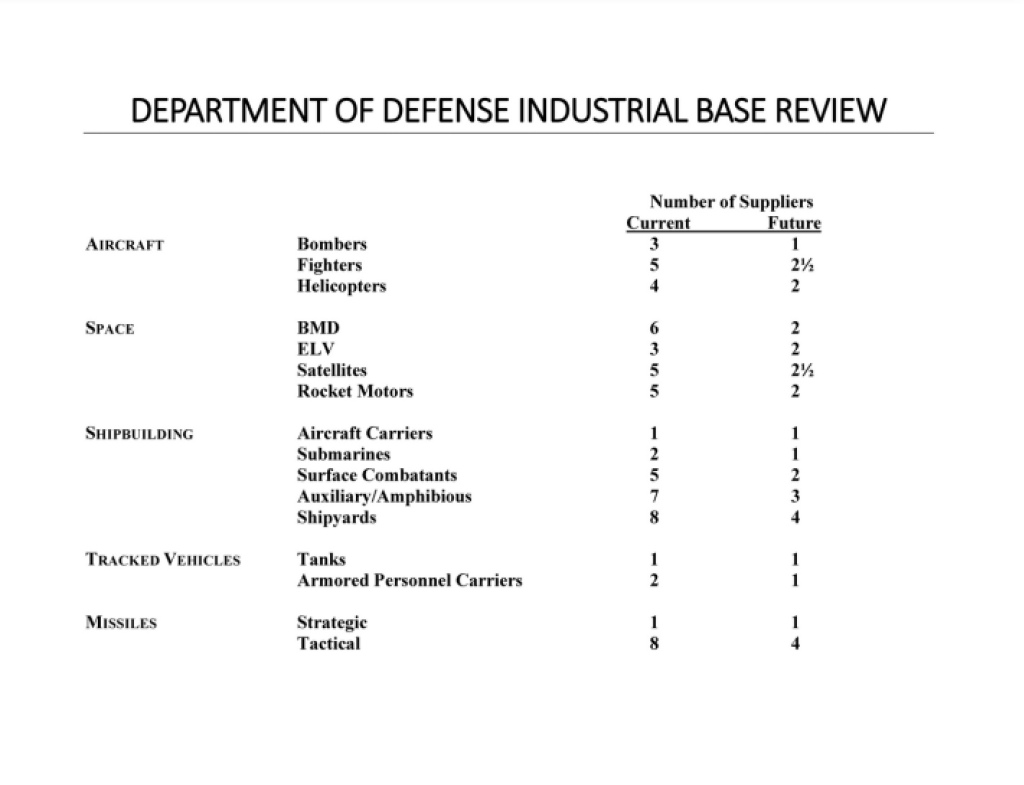Going to war? Good news! The United States is 13 years behind in ammunition production, NYT reports
Related:

NATO has $3.4 billion that was meant to go to the now-defunct Afghan government
Report: Ukraine Asks NATO For Leftover Afghanistan Funds
The chief architect of Philippine foreign policy is the President.
It appears that the sitting President has been somewhat slow in defining it but certainly he knows that buck of responsibility stops with him.
Our Foreign Policy on China Is Clear, But Is It to The United States?
Related:
Are Freedom of Navigation Operations and Innocent Passage Really the Same?
U.S. destroyer challenges China’s claims in South China Sea
Kamala Harris Heads to Philippines to Pick a Fight With China
Remains Of Missile That Could Only Be Launched By NATO Jets Found By Russian Forces In Ukraine
Although US officials have been denying direct involvement in Ukraine, claiming that it’s supposedly limited to intelligence sharing and the so-called “lethal aid”, new disturbing reports have appeared, indicating that the US and NATO aren’t only providing their vast ISR (intelligence, surveillance, reconnaissance) capabilities to the Kiev regime, but they might be involved in the fighting as directly as they could possibly be. Multiple reports have surfaced that the remains of a US-made AGM-88 HARM (High-speed Anti-radiation Missile) have been found by Russian forces. AGM-88 is a tactical air-launched anti-radiation missile designed to home in on transmissions coming from air defense radar systems.
On Sunday, August 7, numerous sources on the Telegram social media platform posted images showing what appears to be the wreckage of an AGM-88 HARM. As of this writing, there has been no official confirmation that an AGM-88 missile has ever been supplied to the Kiev regime, although, on July 28, its Defense Minister Oleksii Reznikov claimed the supply of such missiles has been negotiated by the Neo-Nazi junta. The remains of the missile were reportedly found close to the positions of the Russian Armed Forces. It’s very likely that Russian forces shot down the missile, although it’s unclear which air defense system could’ve been used. The maximum launch range of the newer variants of the AGM-88 is said to be up to 150 kilometers, which would imply it had to be launched from within Kiev regime-controlled airspace.
Related:
U.S. Confirms Air-Launched Anti-Radiation Missiles Sent To Ukraine
“I would just point to two things. One, you know, a lot was made about the MiG-29 issue several months ago, not very much has been noticed about the sheer amount of spare parts and other things that we’ve done to help them actually put more of their own MiG-29s in the air and keep those that are in the air flying for a longer period of time. And then also, in recent PDA [Presidential Drawdown Authority] packages we’ve included a number of anti-radiation missiles that can be fired off of Ukrainian aircraft. They can have effects on on Russian radars and other things.”
…
The Undersecretary of Defense also specifically said that the missiles had been part of previous PDA packages. President Joe Biden can only exercise this so-called “drawdown authority,” which you can read more about here, to transfer items already in U.S. inventory. HARMs, including older models no longer in active service, would definitely be eligible for transfer to Ukraine through a drawdown authorized by President Biden.
…
“Air launch is ideal for the AGM-88 as it provides for far better kinetic performance (longer range and speed). It also allows for a far better, elevated sensing position to organically detect the presence and general direction, or even geolocation, of a threat emitter. The AGM-88 could work with relatively minimal integration, potentially leveraging a federated interface, such as e-tablet, for very basic functionality. Ukraine’s fighters are Soviet-era machines and totally lack the right interfaces, including the basic bus architecture, for modern NATO-compatible weaponry. But it’s possible a relatively crude modification could have been adapted for this single weapon. There is also the possibility of a clandestine transfer of Soviet-era aircraft from NATO states that have been upgraded with NATO-standard bus architecture and adaptable avionics that could provide an interface for the HARM.”
…
There is another possibility that Kahl could be referring to Soviet-era missiles, such as the Kh-31 or Kh-58, that are already compatible with certain Ukrainian aircraft. The U.S. military or Intelligence Community could have had some number of Kh-31s or similar missiles, acquired as part of so-called “Foreign Materiel Exploitation” (FME) efforts or through other means, that it then transferred to the Ukrainain Air Force. The U.S. government is known to have already sent Soviet and Russian-made Mi-17 helicopters, weapon systems, and other equipment to Ukraine from its FME stockpiles and other sources. Again, however, this seems much less likely given the other available evidence.
It’s worth noting that, during the thaw in U.S.-Russian relations following the collapse of the Soviet Union, in the 1990s, McDonnell Douglas (and later Boeing) did work with Russian firm Zveda-Strela to develop a derivative of the Kh-31 for U.S. military use high-speed targets, as you can read more about here. It’s unclear whether or not there are any of those MA-31 aerial targets are still in U.S. inventory. Regardless, they would have to be adapted to the anti-radiation missile application even if they were.
You must be logged in to post a comment.